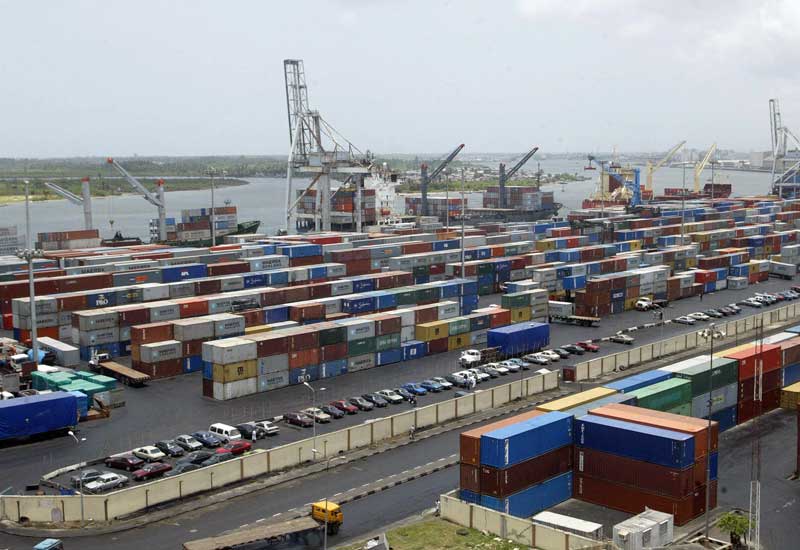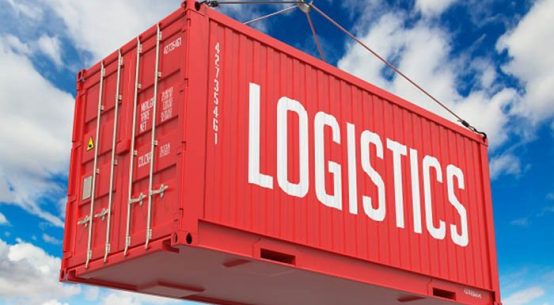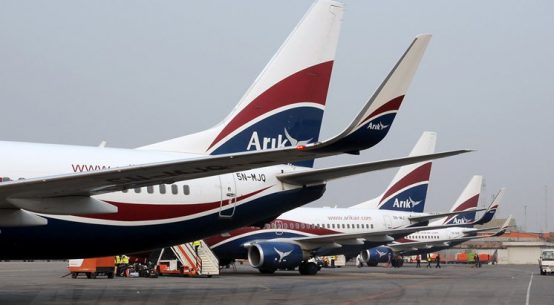
Physical examination by the Nigeria Customs Service, NCS and other government agencies involved in cargo examination process at the nation’s seaports has increased the cargo dwell time by over 100 percent.
Vanguard investigation revealed that about 40 to 60 containers are physically examined at Apapa port daily while between 50 and 70 are examined daily at Tin-can Island port presently.
But Vanguard gathered that about 150 containers could be examined with the use of one scanner at Apapa and the number could even double should both scanners be operational.
Managing Director of now collapsed Cotecna Destination Inspection Nigeria Limited, CDINL, Tayo Rabiu, had told Vanguard before now that they scan about 60 containers daily at Apapa port until the introduction of the trucking system by APM Terminal which increased the number scanned daily to 130 containers.

He explained that the volume of containers scanned at Ashaye and RoRo both at Tin-can Island ports had also gone up to between 80 to 90 daily from the previous 50. He said the increase witnessed then was not enough because it was nowhere near the over 200 daily capacity of the scanners.
However, the Public Relations Officers of Apapa Area 1 Command of the NCS, Nkiru Nwala, told Vanguard that it is difficult to say exactly how many containers are physically examined at the port daily, saying that it will be easier for APM Terminal to give the figure as they are responsible for positioning of such consignments.
Nwala also explained that although it is not easy to get the number of containers scanned daily at the port, the only functional scanner has the capacity to scan between 10 to 20 containers hourly depending on the ability of the terminal operator to bring the boxes for scanning.
Similarly, the Public Relations Officer of Tin-can Island Command of the Customs, Uche Ejesieme, who told Vanguard that the scanners at the port are no longer functional, pointed out that it is difficult to say the exact number of containers that are physically examined daily at the port.
According to him, “It is not easy to collate all the containers examined by Customs in a day. The terminal operators are in the best position to determine how many containers they position for examination daily.”
Meanwhile, Vanguard findings show that some port users are in agreement that the scanners are broken down and non-functional while others are of the opinion that the one at Apapa is functional but that officers and men of the Service are deliberately refusing to deploy them because they want to continue performing 100 percent physical examination of goods coming into the country.
Another source who spoke to Vanguard on the condition of anonymity explained that apart from the inter-personal connect provided by 100 percent physical examination, government agencies involved in that form of examination do not want to let go of the samples and other benefits they derive from it.
Meanwhile, Corporate Affairs Manager of APM Terminal, Austin Fisher, told Vanguard he does not have the exact number of containers positioned daily for physical examination neither does he have the number taken for scanning daily.









